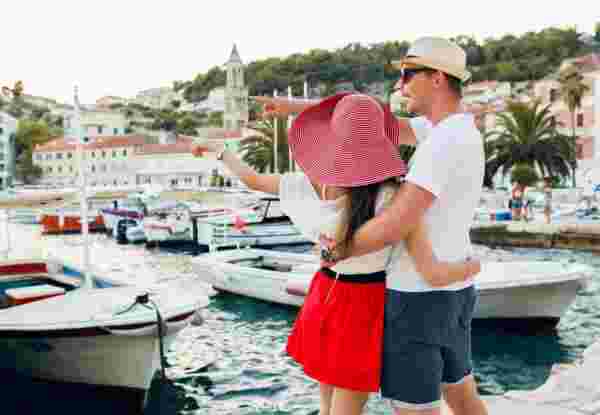Heraklion Crete: A City that we Love
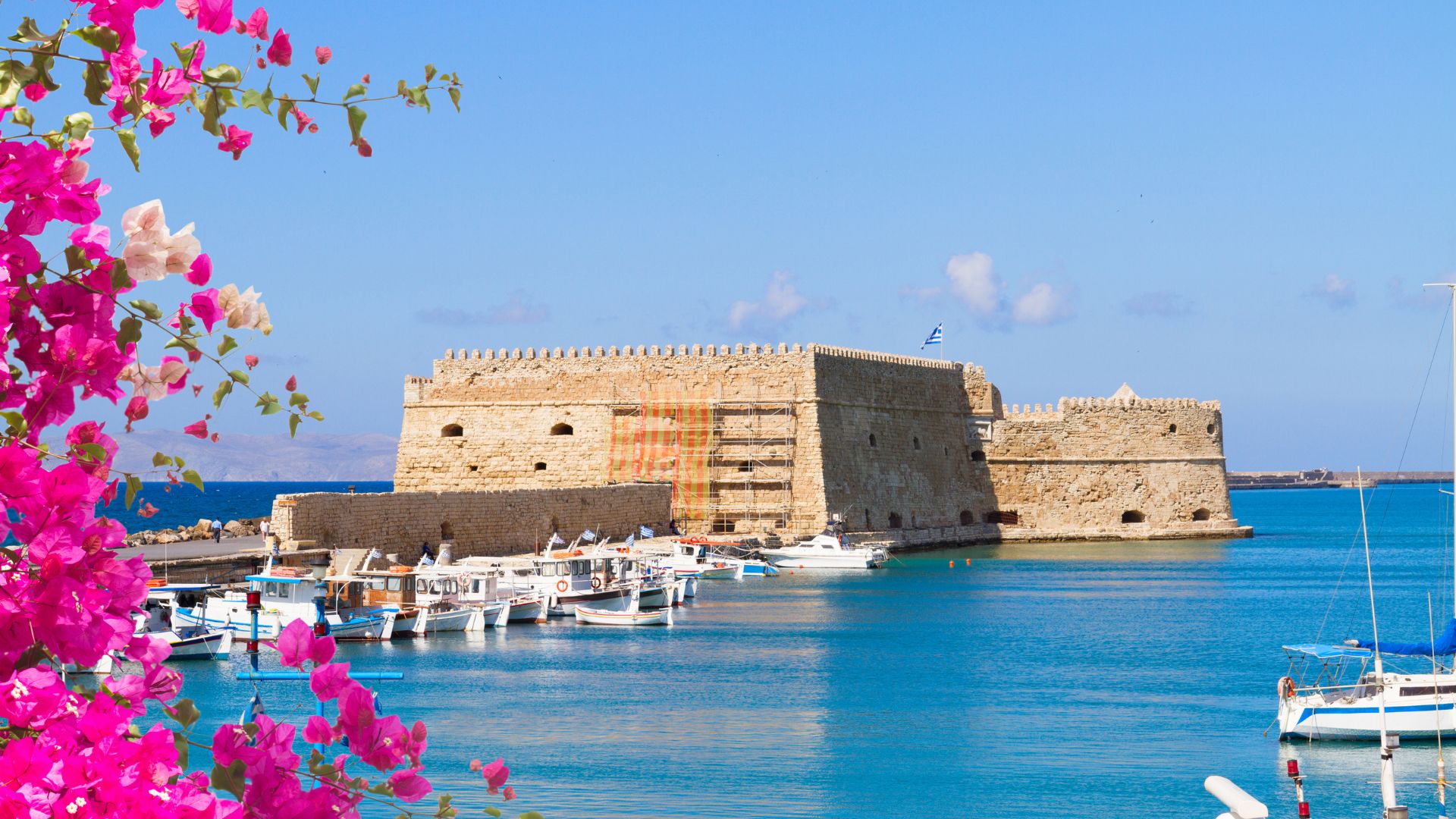
At the corner of Milatos and Agios Titos streets, there is a graffiti-style blackboard that asks a key question: “What do I love about Heraklion?”. The idea and its implementation belong to the open space of culture Ideopolis. And Heraklion is wonderful. But the answers are also wonderful: “the people and the food”, “the real smiles”, “the raki”, “the pentozalis”, “the walls”, “everything”, “the sunset in Koule”, “the nights of Heraklion, because they are otherworldly”.
All correspond to reality and all lead to one conclusion: Heraklion is a city to live in. Cretan hospitality. In its name, the people of Heraklion easily seduce you into feasts and experiences that you will remember forever. With them you learn to eat snails and not the winter ones, to drink liters of raki without it bothering you, to walk tirelessly on the jetty at sunset, and to come and go all day through monumental Venetian gates. In old humble cafes or stylish bars, on the steps of the Loggia or in the park of Georgiadis, on the ramparts or on the roofs of the hotels with the incredible view. With them, you learn how a city that is accused of “ugliness” can hide so much idiosyncratic beauty.
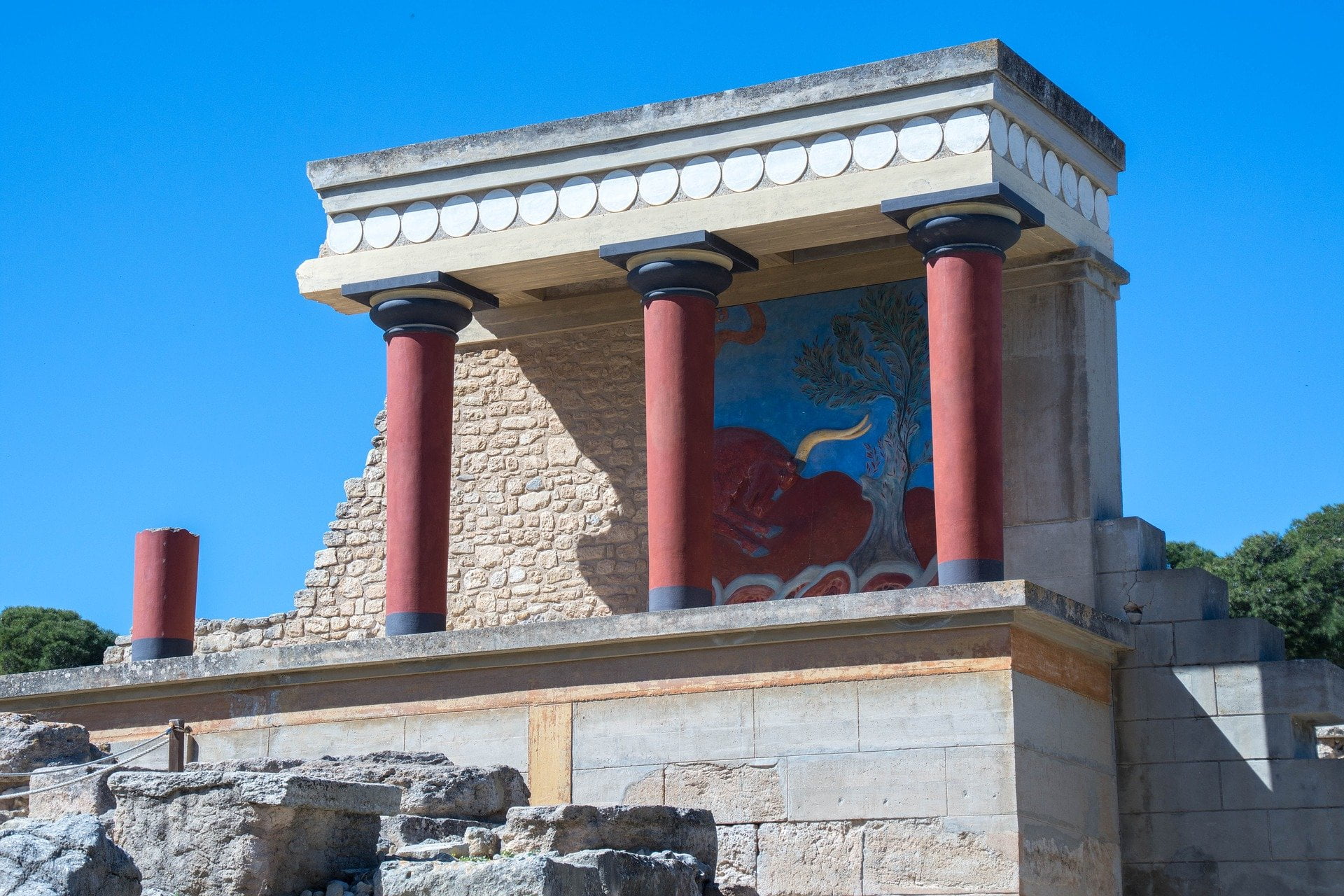
A little bit of Heraklion History
It has been inhabited since the Minoan era when one of the ports of Knossos was located nearby. A port that was a center of Saracen pirates. A city that shone in the hands of the Venetians, who adorned it with fortresses, buildings, and a 7 km long wall that ranks it among the best-fortified cities in the Mediterranean.
Today it is the administrative capital of Crete. It has 180,000 inhabitants and more than 15,000 students. And its port is the gateway to Crete since visitors from the prefectures of Rethymno and Lasithi also come through it. The University of Crete is the best in Greece according to the ranking of the British Times, and the Institute of Technology and Research is unique in Greece.
That of course that concern the visitors are the excellent museums. The Archaeological Museum in Eleftheria Square is one of the most important in Greece due to its Minoan exhibits. The Natural History on the beachfront, the Christian Art inside the church of Agia Ekaterini, and the CretAquarium in Gournes. And the monuments, of course. The temples, the gates, the fountains, the walls, the ramparts. And the truth is that they are so integrated into the lives of the residents, that they are finally included in the experiences.
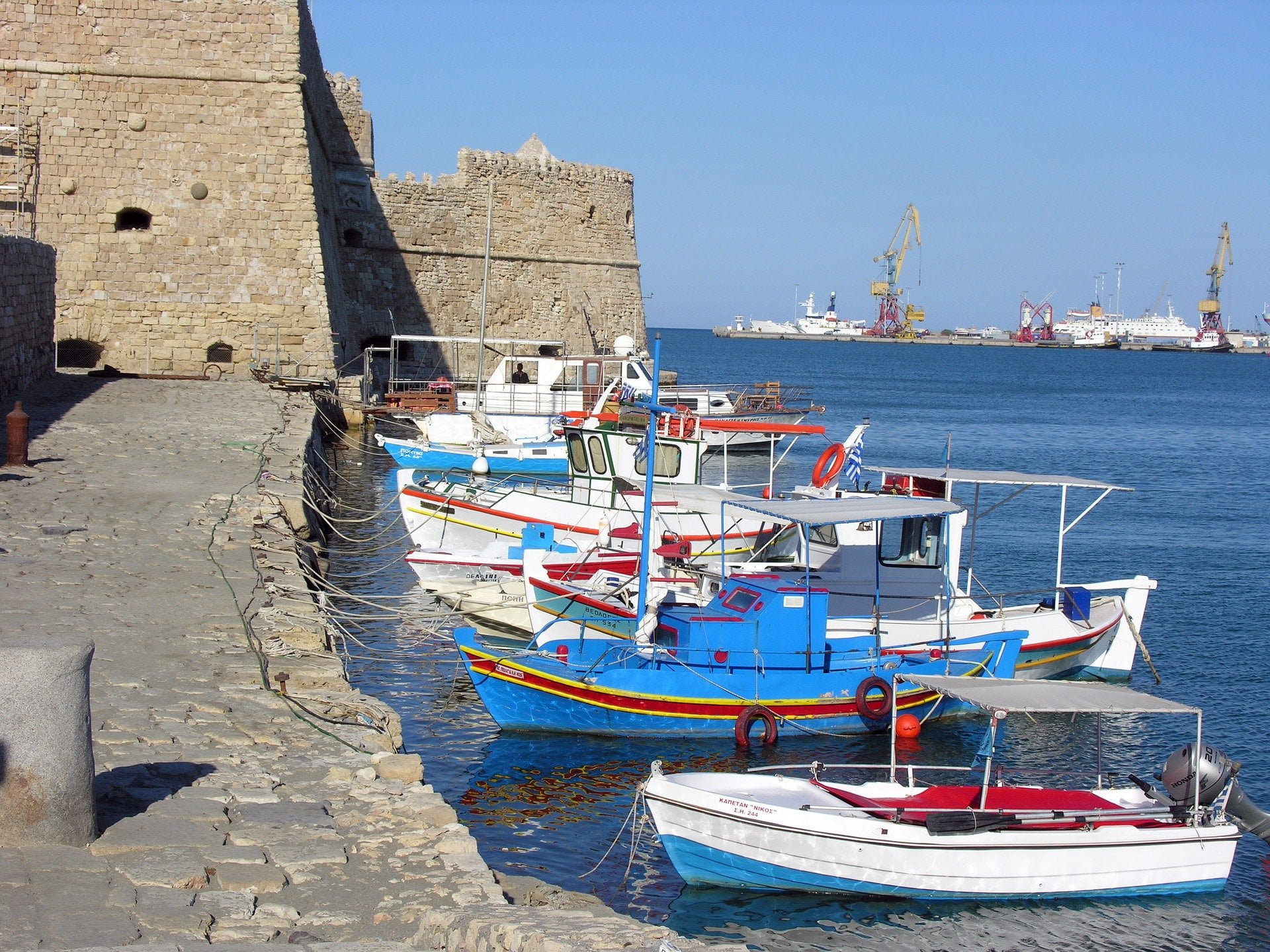
Three delightful Walks in Heraklion
An old cliché of Heraklion says that this city has turned its back on the sea. It had a lot of truth, but it doesn’t anymore. Recent developments have changed the facts. Not that the people of Heraklion descended on the beach overnight, but at least they come out of the center now and then. In the summer, anyway, you can find them on the nearby beaches – Ammoudara and Karteros – although now that there is talk of building a beach within the city, they will have no reason to move away.
Heraklion Walk #1
One of the three walks worth taking in Heraklion starts from the Pancretan stadium and reaches the Venetian port. There you will also find two of the city’s most beautiful museums, the Natural History Museum and the Historical Museum. The Venetian port, of course, is the one that steals hearts with its impressive piers, all that is left of the 14th-century tarsanas. Directly opposite is the even more impressive Koules, the 16th-century sea fortress, and the 2.4 km long jetty, the ‘cordon’ or ‘by-pass’ as it is called by the locals, who love to walk along it on time sunset.
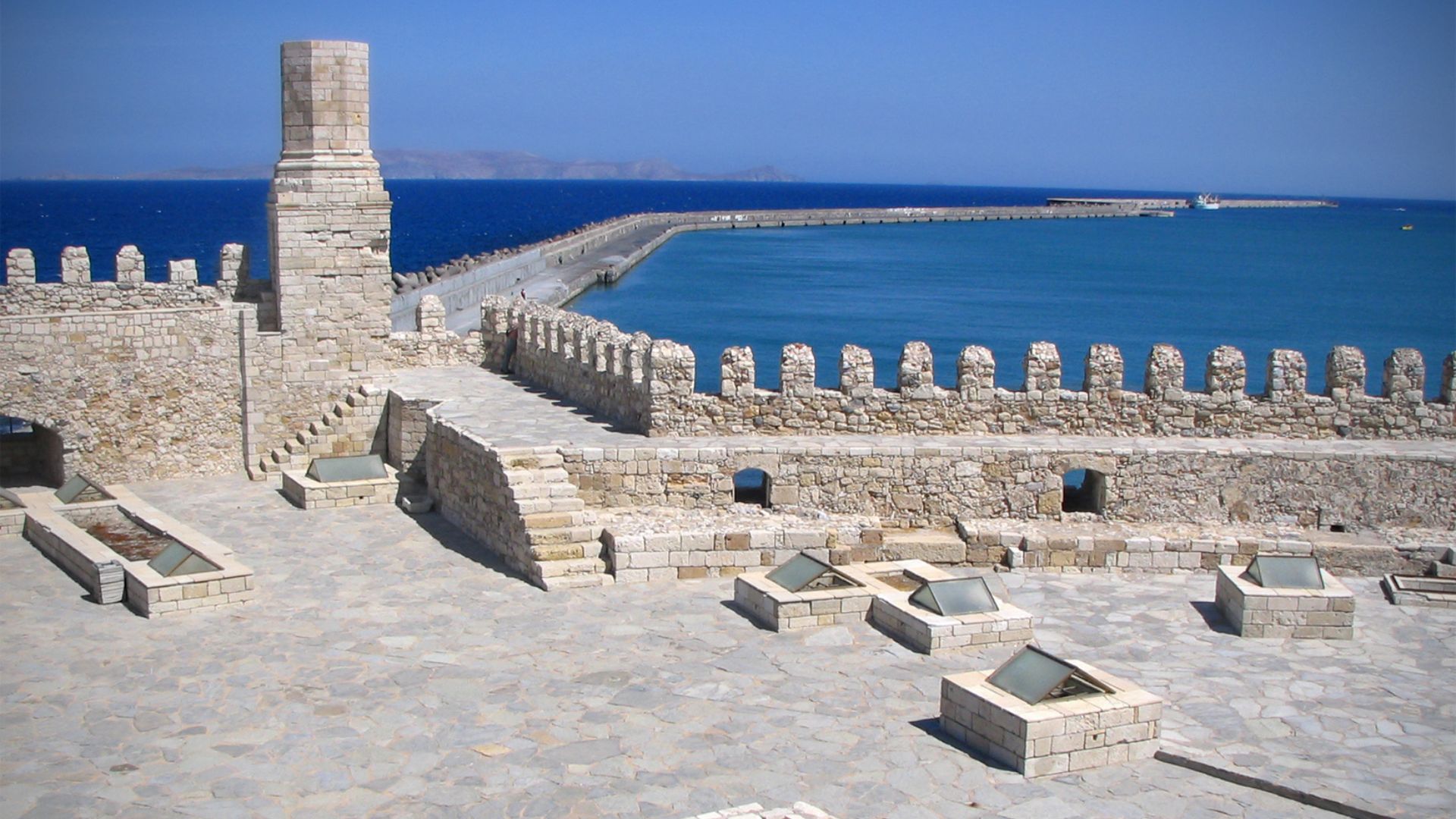
Heraklion Walk #2
The second walk is the most special: it takes place on the walls or along them, parallel to Plastira Avenue.
For more than 100 years, the Venetians strengthened them and around 21 years ago, the Turks destroyed them. The continuous route with dirt paths reaches a length of 4 km. You see Heraklion from a safe distance, you see people walking their dogs, and you see the garden theaters that remain pillars of Heraklion culture. At the Gate of Agios Georgios, you admire exhibitions of paintings and special products, at the New Gate the exhibition of Nikos Kazantzakis, at the Bethlehem Gate you watch concerts – the Chanioporta remains closed to the public.
You are looking for the bastions: Championara, Vitouri, Iesou, Martinego (where the tomb of Kazantzakis is), Bethlehem, Pantokrator, and Agios Andreas. If you veer off to the southeast, you come to the wonderful Georgiadis Park, a green area loved by alternative people of Heraklion. If you pull towards the North, you come to old Heraklion districts with low houses and narrow alleys, like Vigla, and Agios Mattheos with the neoclassical, the Holy Trinity of artists.
And like Lakko who has already started to regenerate. Today houses are restored, walls are painted colorful, and new shops are opened. Well done to the residents and the volunteer team of the Lakkos project, who activated the municipality for good.

Heraklion Walk #3
The third walk is in the historic center. Of course, it will probably be the one that you will follow more than once, going uphill from the Venetian port on August 25th, also known as Planis Street because of the neoclassical buildings that gave the wrong first impression that this is what all of Heraklion is like.
There is the church of Agios Titos from 961 AD. and below its square a shocking Byzantine-era tank. There is also the Basilica of Saint Mark, where they host exhibitions and cultural events. Additionally, it is the most beautiful building in the city, the Loggia. Once a club of Venetian nobles, today it houses the town hall. From here to the Lions, the square El. Venizelou, that is, with Morosini’s fountain-fountain, and in the entire complex of pedestrian streets that surround it – Khandakos, Korai, Perdikari, etc. Here Heraklion reveals its life: “rakadika”, bars, cafes, events, dance nights, and spontaneous parties. Everything happens here.
Directly above, to the south, is the old and modern market. The modern one is between Kalokairinou, Idis, and Evans streets, and the old one is on the pedestrianized street 1866. Today shops with tourist items and “meze” places dominate. The atmosphere remains special and the walk, enjoyable, leads to Kornarou Square. With the beautiful Venetian Bebo Fountain and the 18th-century Turkish sebilkhane Hadji Ibrahim Aga. In recent years, it functioned as a municipal cafe, where coffee and newspaper reading was a rite of passage.
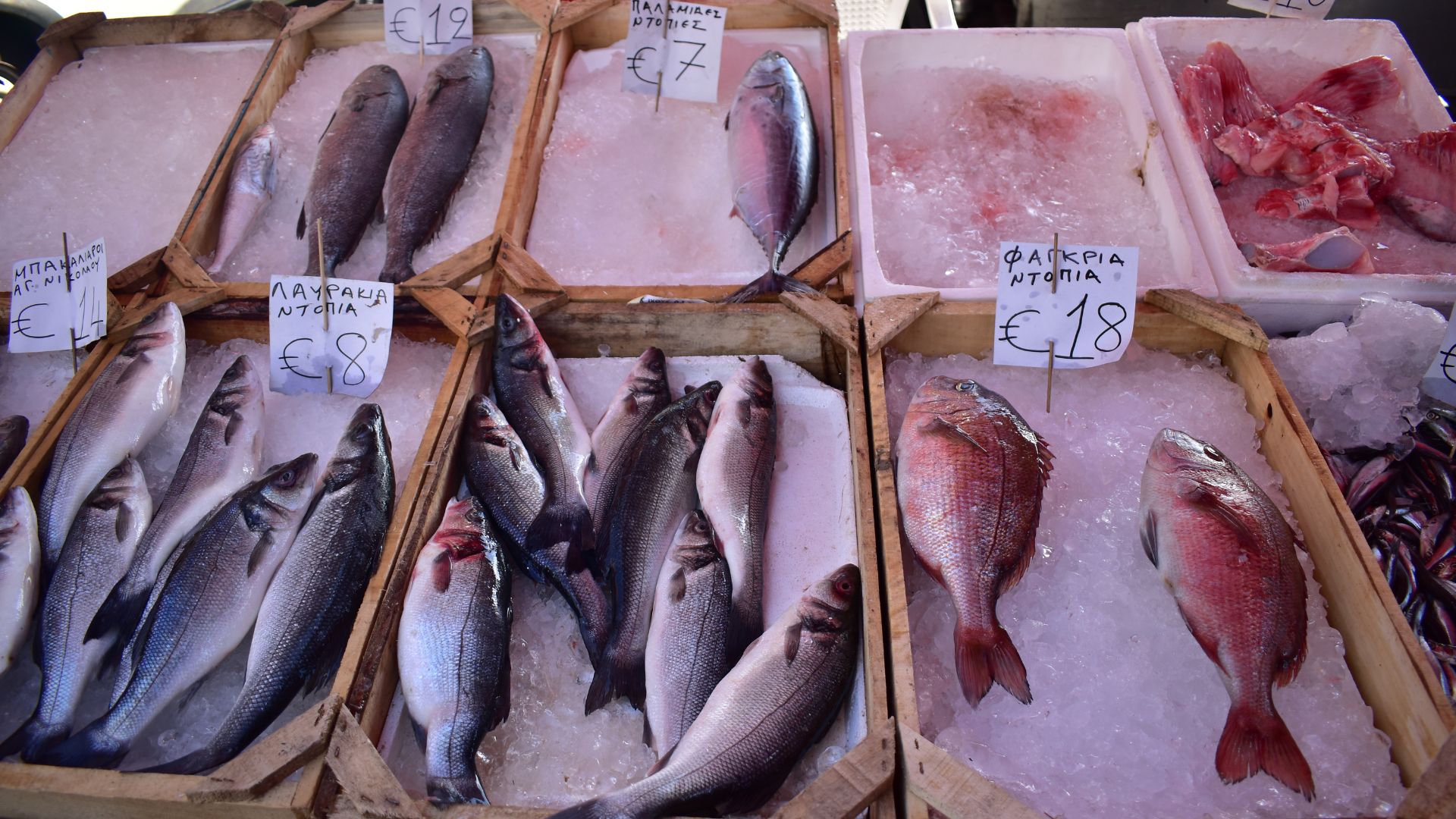
Heart of Heraklion – Where to eat and drink
In the heart of Heraklion, however, the experience is full of aroma and taste: for Greek coffee, you go to Dandalis in 1866, for cheeses to Kargakis in Tsikritzi, for yogurt to Amalthia, for bougatsa with cream or cheese to Kirkor at the Lions. You also go to Liodaria for the famous huge Heraklion gyro with yogurt. For a midday raki with snails, you sit at the Sarantaugas cafe in Agora, a tradition that has been around since 1924.
Regarding Cretan music, visit the Aerakis record store in Korai. For rock sounds sit at Guernica in Andreou Crete, for racomela at BarRaki in Gramvousis. Regarding cocktails at Taratsa of the Capsis Astoria hotel at. Eleftherias Square, at Wets and Drys in Korai, and the yard of Halavros in Milatos. And that’s how you easily understand what makes Heraklion special. It is these beloved habits that make the old nostalgic and the young convinced that Heraklion is not the unpleasant city they thought. How is it interesting? History and nerve. Personality.
Feeling Ready?
From our blog

Discover the Best Islands in Greece to Visit This Year
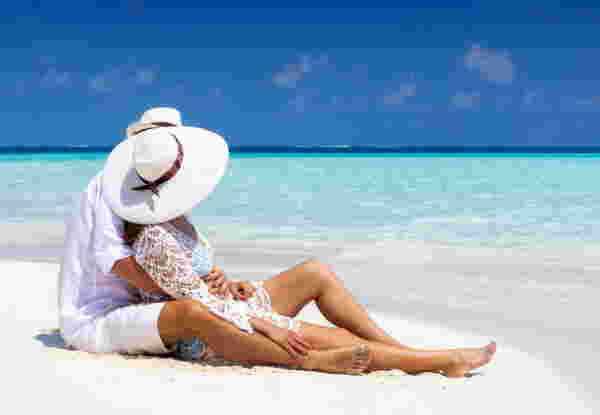
How much does a honeymoon in Greece cost?

The 17 Best places to visit in Greece – 2024 Rank

Honeymoon in Crete: The Ultimate 2024 Guide for a romantic getaway

Honeymoon in Athens, Greece: The Complete Guide for Lovers of the Greek Capital

Santorini honeymoon: The Complete guide for newlyweds
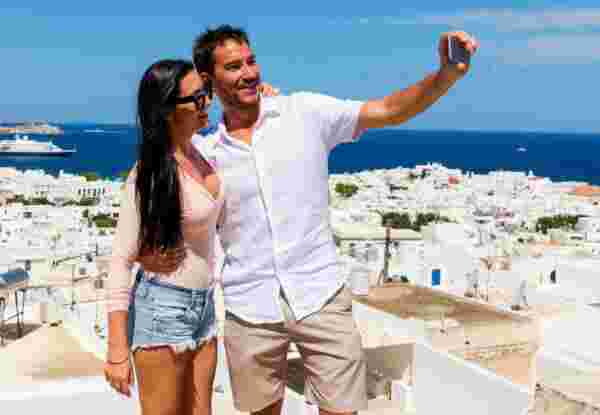
Honeymoon in Mykonos: What to do and Where to Stay

Island-hopping Greece: Here’s how to do it

When is the best time to visit Greece?
